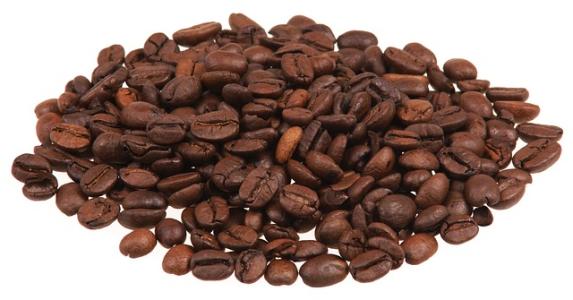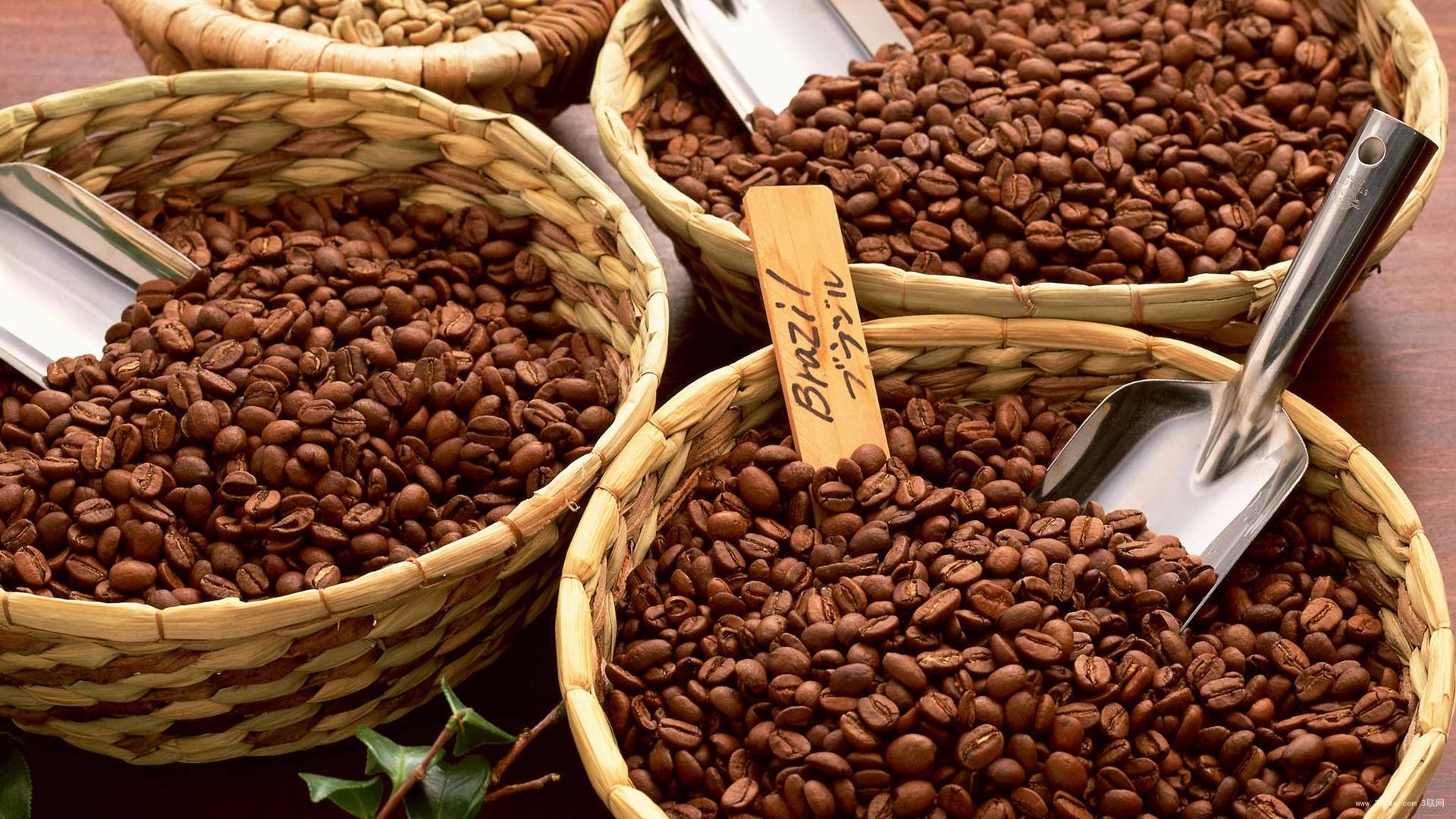Colombian coffee bean processing process, Colombian coffee bean growing environment
Follow the caf é (Wechat official account vdailycom) and found that Beautiful Cafe opened a small shop of its own.
Columbia Coffee Bean processing: washing

Our Colombian coffee beans come from a coffee farm in a small village in Boyaca County, less than a few hours' drive from Bogota. There are more than 100 small and medium-sized peasant families in this village. Several farmhouses on a mountain are scattered, limited to planting "Tipica" in the past, and a very small amount of continuous production. The greatest charm of "Tipica" is the greatest charm of coffee, where it has both superior aroma and sweetness. These farm coffee trees are handed down from ancestors to generations, and the coffee cherries naturally fall after the old tree has withered and grow into new coffee trees, which is really "laissez-faire cultivation."
Growing environment
Colombia's coffee-producing area is located at the foot of the Andes, which extends three main mountains, namely, the Cordillera, the Central Cordillera and the West Cordillera, and coffee is grown on the highlands formed by these mountains. The pleasant climate of Colombia provides a wonderful garden of Eden for coffee. It is mild and humid here, and different kinds of coffee can mature one after another in different periods. In Colombia, coffee cultivation has reached 1.07 million hectares, there are about 302000 coffee plantations in the country, and 30 to 40 per cent of the rural population depends directly on coffee production. Although there are many farms in Colombia, they are not large in area. The area of each farm is only about 2 hectares, and more than 80% of the coffee plantations have only about 5000 coffee trees, an average of 3000. Thus it can be seen that agriculture in Colombia belongs to the small-scale farm type. Locals plant tall trees or banana trees around the coffee trees, which can build an Arbor for the coffee trees at the seedling stage to ensure the environment needed for the coffee to grow. Due to the high humidity, small temperature difference and slow ripening of coffee beans in the coffee forest, which is conducive to the accumulation of caffeine and aromatic substances, the quality of Colombian coffee is very good.
In addition, because most farmers are poor, they cannot afford to buy fertilizers and pesticides. Only use home-made organic fertilizers.
Coffee trees that have to be cultivated in a "completely organic environment" are safely cultivated in the fine soil of the village.
It's not too much to call it absolute organic coffee beans.
Important Notice :
前街咖啡 FrontStreet Coffee has moved to new addredd:
FrontStreet Coffee Address: 315,Donghua East Road,GuangZhou
Tel:020 38364473
- Prev

Colombia coffee beans alcohol flavor taste and grade introduction
Pay attention to the coffee comment (Weixin Official Accounts vdailycom ) and find that the beautiful cafe opens its own shop. Colombia coffee beans Bucaramanga Supremo Colombia is the world's third largest coffee producer after Brazil and Vietnam. Bucaramanga is a heavily wooded region in Colombia's eastern mountains, where rainfall, clouds and soil are ideal for planting
- Next

Can Colombian coffee beans be drunk directly?
Follow Kaibei (Wechat official account vdailycom) found that coffee beans can not be directly drunk in a small shop opened by Beautiful Cafe. Coffee beans should be ground into powder and then brewed. Colombian coffee beans, as the name implies, are produced in Colombia. Due to the characteristics of Colombian climate, Colombian coffee beans have the characteristics of sweet in acid and flat in bitterness. Anyone who drinks a lot of coffee knows
Related
- Detailed explanation of Jadeite planting Land in Panamanian Jadeite Manor introduction to the grading system of Jadeite competitive bidding, Red bid, Green bid and Rose Summer
- Story of Coffee planting in Brenka region of Costa Rica Stonehenge Manor anaerobic heavy honey treatment of flavor mouth
- What's on the barrel of Blue Mountain Coffee beans?
- Can American coffee also pull flowers? How to use hot American style to pull out a good-looking pattern?
- Can you make a cold extract with coffee beans? What is the right proportion for cold-extracted coffee formula?
- Indonesian PWN Gold Mandrine Coffee Origin Features Flavor How to Chong? Mandolin coffee is American.
- A brief introduction to the flavor characteristics of Brazilian yellow bourbon coffee beans
- What is the effect of different water quality on the flavor of cold-extracted coffee? What kind of water is best for brewing coffee?
- Why do you think of Rose Summer whenever you mention Panamanian coffee?
- Introduction to the characteristics of authentic blue mountain coffee bean producing areas? What is the CIB Coffee Authority in Jamaica?

